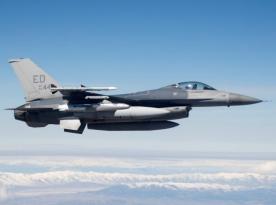The EU has officially unveiled a comprehensive strategy for the development and security of the Black Sea region. The plan explicitly targets the russian threat while reinforcing partnerships with Ukraine and other littoral states, excluding russia.
The unveiled strategy comprises three core initiatives: preparing the region's nations for potential military risks, implementing a special transport connectivity program, and establishing a dedicated Black Sea Maritime Security Centre. This center will serve as a vital European early warning hub in the region.
Read more: Ukrainian Patriots, F-16s, and Mirages to Join NATO's "Military Wi-Fi" Network via Link-16 Integration
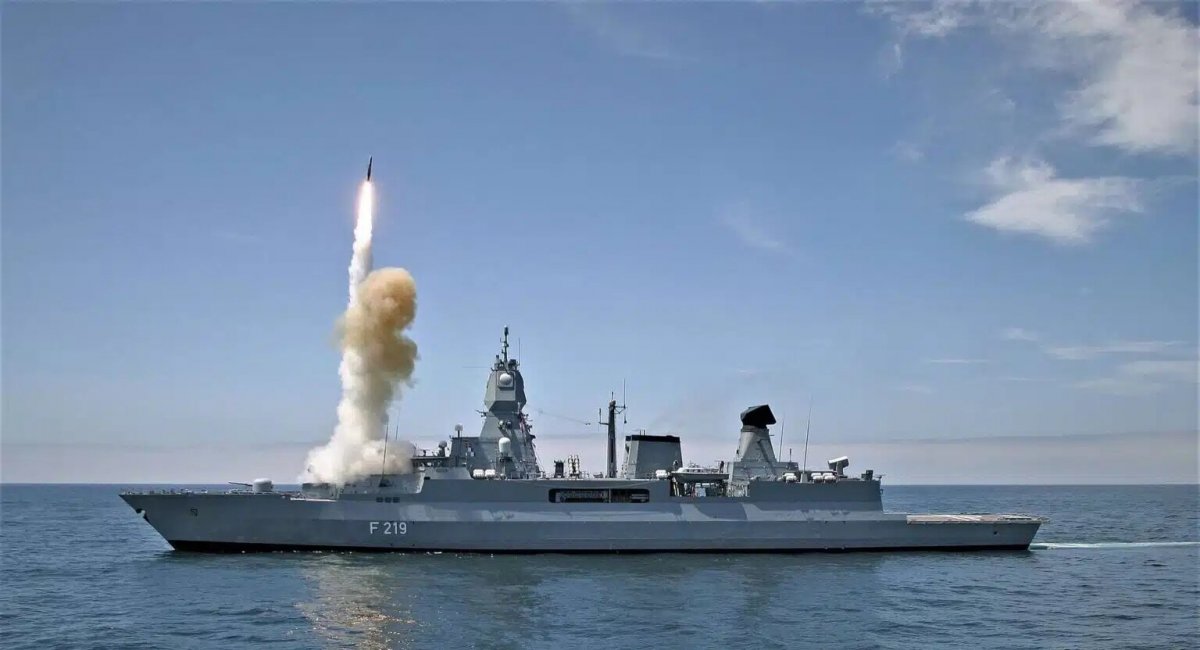
According to the accompanying documentation, the Maritime Security Centre will perform several key functions. It will ensure situational awareness, facilitate information exchange across the Black Sea, and provide real-time monitoring from seabed to space. A core mission will be early detection of potential threats, including hostile activity and hybrid warfare operations.
As detailed in the explanatory notes accompanying the strategic plan, the Black Sea Maritime Security Centre will fulfill several key tasks. It will primarily ensure situational awareness and information exchange regarding the Black Sea, monitor real-time data from the seabed to space, and provide early warnings about potential threats and malicious activities.
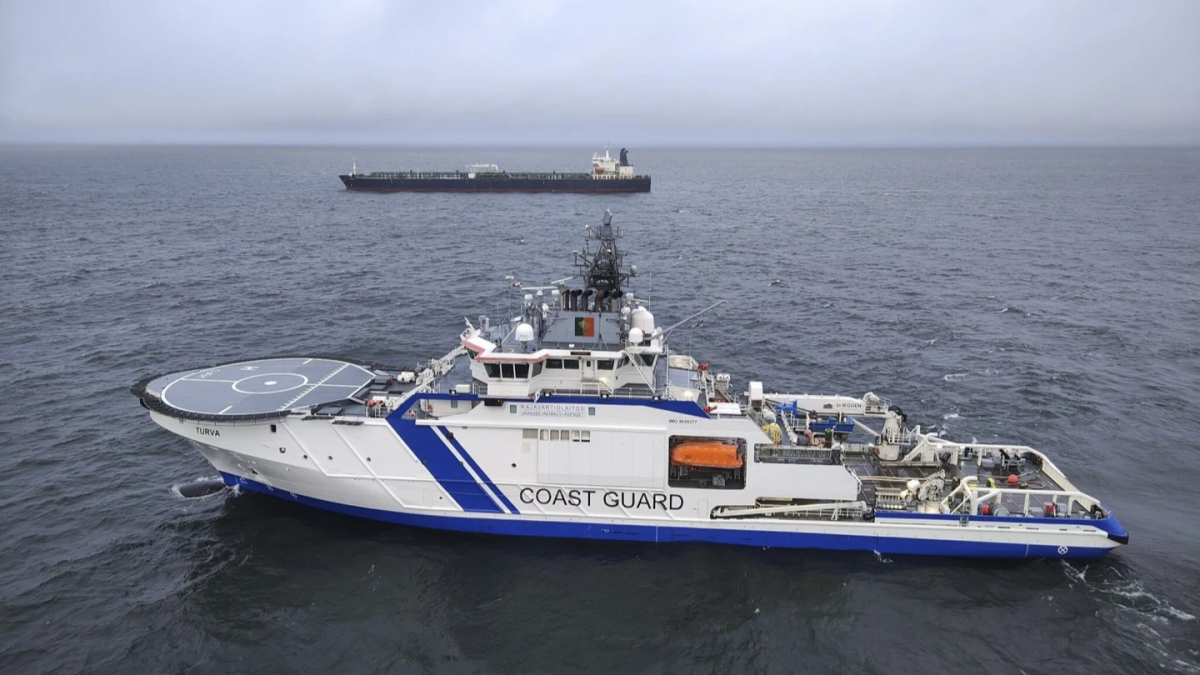
Particular emphasis is placed on securing critical maritime and coastal infrastructure, including underwater cables, power plants, and offshore installations. This heightened focus is easily explained by the fact that interference with such infrastructure, such as damage, has become a tool of hybrid warfare employed by both russian aggressors and the PRC.
Other priorities include demining operations, safeguarding commercial shipping lanes, and countering russia’s “shadow fleet” — an important step for sanctions enforcement and ensuring the security of trade routes, including those critical to Ukraine.
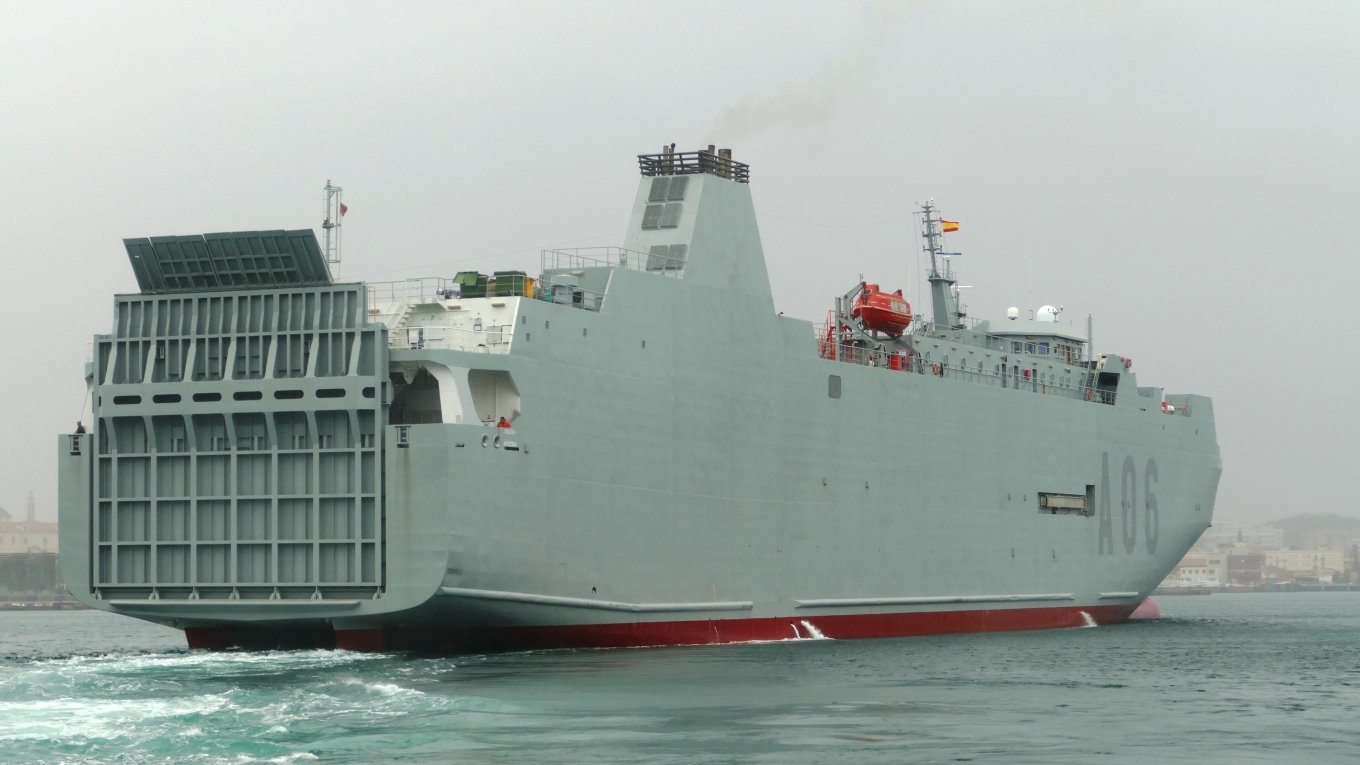
The strategy also highlights the importance of reinforcing dual-use infrastructure to facilitate the rapid movement of military personnel and equipment. For Ukraine, this could significantly speed up the delivery of Western military aid.
Additionally, ensuring transparent ownership of critical infrastructure objects has been identified as a vital aspect. This measure will prevent hostile states, for example, from owning important ports that could restrict the movement of troops and supplies.
It is important to note that the document explicitly names Ukraine's security as an integral component of the entire Black Sea region's security. The potential applications for the Maritime Security Centre even include the possibility of monitoring compliance with a prospective truce between Ukraine and russia.
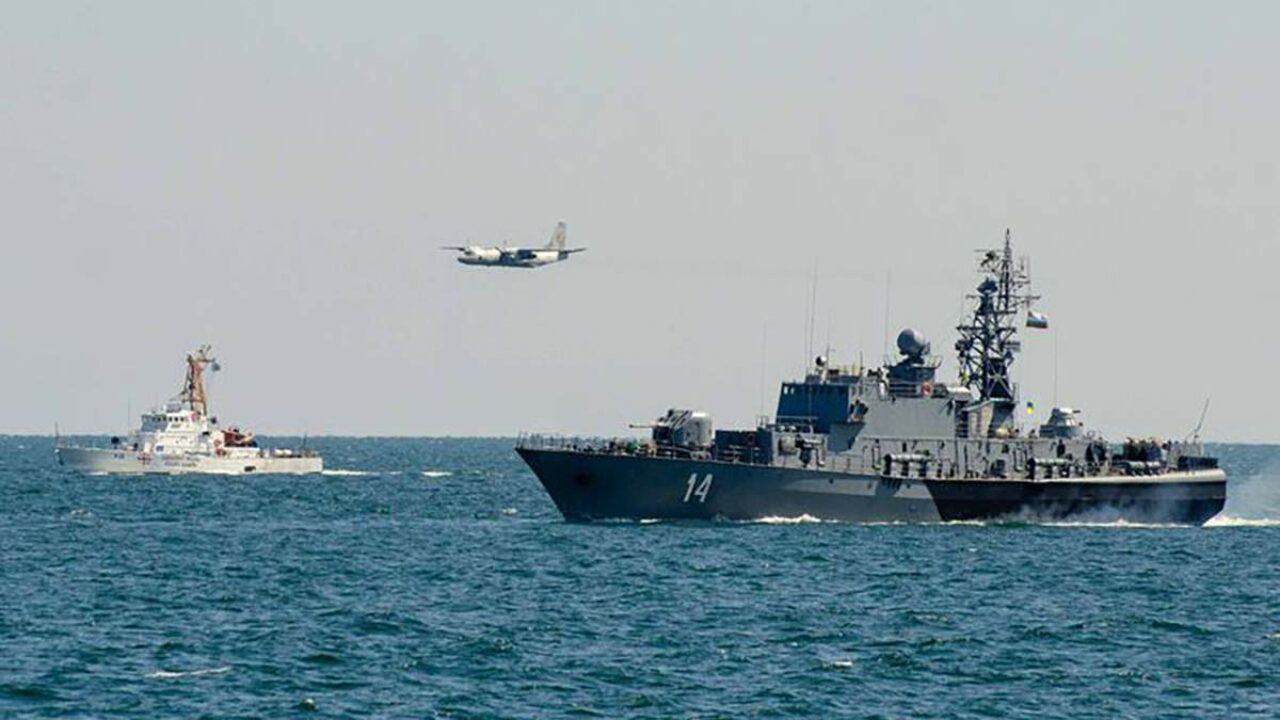
Regarding financing, funds will not be allocated separately for this specific project. Instead, existing EU security initiatives will be utilized. It is also worth mentioning that the strategy itself currently lacks concrete details, which are planned to be developed by the end of summer 2025.
This announced strategy represents another significant step by the EU towards strengthening its own security and safeguarding its defense interests. For Ukraine, this signifies receiving additional support in the Black Sea region, alongside potential investments in modernizing its ports, roads, and airfields.
Read more: SSU Operation Pavutyna: How Ukraine Dealt a Devastating Blow to russia’s Strategic Aviation






